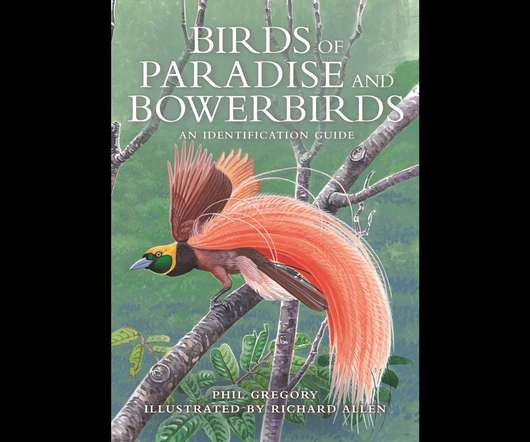Blue Monday turned Black Monday – a picture story
10,000 Birds
MARCH 25, 2011
The Black Stork ( Ciconia nigra ) has a very wide distribution in the Old World, ranging from Spain (an isolated population) and northern France through central and eastern Europe all across northern and central Asia to the Pacific coast of Russia and China. It was therefore well worth having to clean my desk of the coffee I spilled.












Let's personalize your content